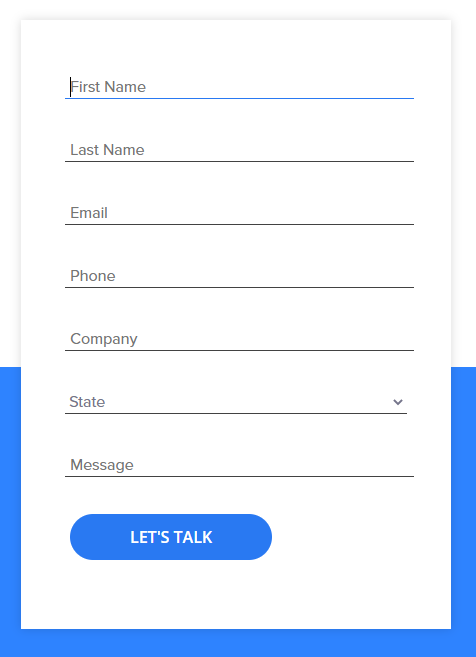Connect with a Consultant
Fill out your information with the form provided and one of our team members will reach out to you shortly.

You should always use a Pardot form if you are using a Pardot template to create your landing pages. Pardot forms provide valuable reporting and let you create completion actions based on form submissions.
However, if you prefer to use your existing custom forms, you can use a form handler to pull information into Pardot. We find some EBQ clients are hesitant about switching to a Pardot form because they are used to a particular form plugin or custom-coded form. In these cases, a form handler is a perfect solution.

When creating a Pardot form, you should design a form that not only collects information but also compels visitors to submit their information. Some of these tips may seem like hokey marketing magic, but our Pardot form best practices are based on experience and proven buyer psychology. They are all about removing friction that might keep a visitor from submitting your form.
A call-to-action (CTA) is a button that draws the eye and compels the user to click. On a form, we want to create a CTA that reaffirms what the prospect believes he’s getting.
Now that you have a handle on form design and optimizing for conversions, let’s discuss landing pages and put those forms to work.

Fill out your information with the form provided and one of our team members will reach out to you shortly.
6800 Burleson Road
Building 310, Suite 265
Austin, TX 78744
©EBQ 2023 All rights reserved.
Tell us about yourself and we’ll get in touch shortly.
